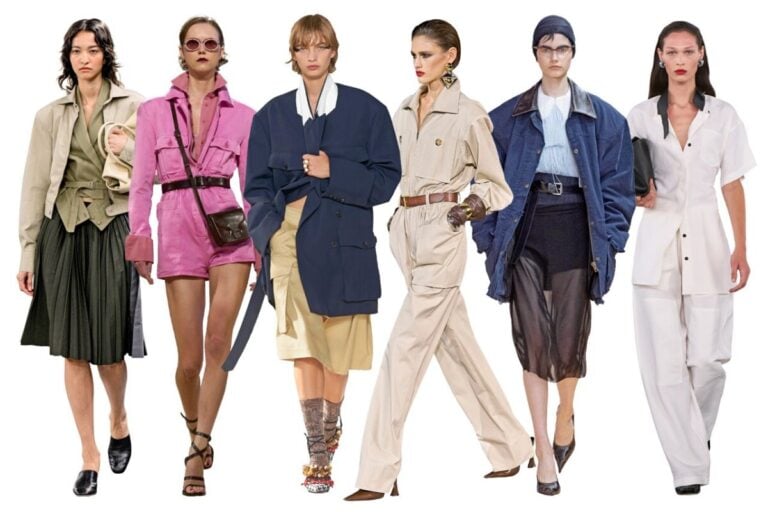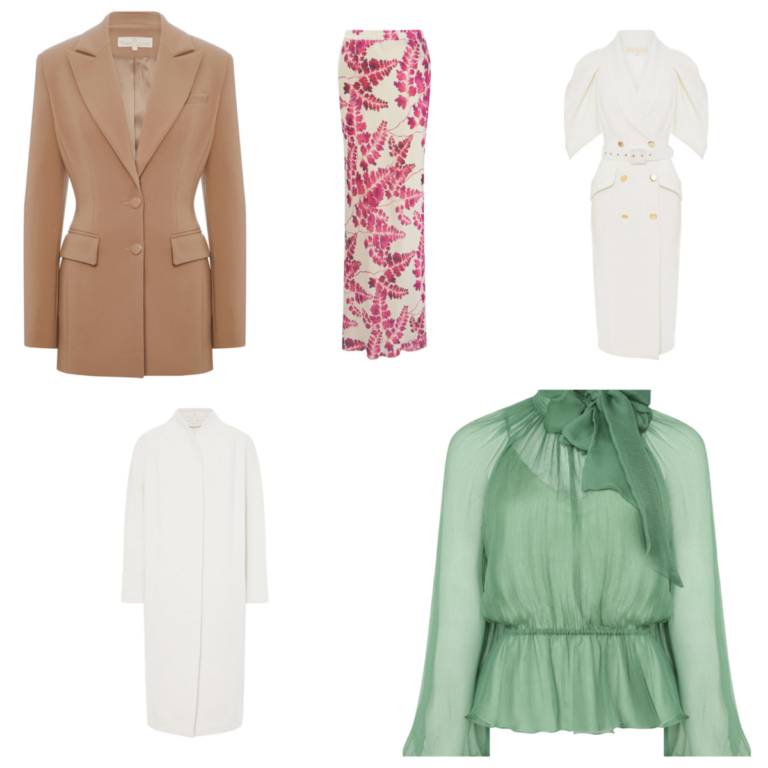The era of consumption is the time in which we live and which will definitely go down in history. Technologies are developing one after another, past times of shortages force us to take more and faster, and clothing has taken a huge part in this race.
What is fast fashion and how did it appear?
Fast fashion is a vast topic and a global disaster that affects every person on Earth, because each of us is involved in it to one degree or another.
Fast fashion is relatively new, means quickly changing clothing ranges several times a season, and is opposed to the idea of sustainable fashion.

The main benefit of fast fashion is that it democratizes stylish clothing for the masses. However, there are also disadvantages: it is associated with low wages, waste and environmental pollution. Another disadvantage is the impact on retail production.
The mass market has become so widespread that it is simply impossible for many local clothing brands to compete with industry giants, because manual labor costs much more than automated labor. Thus, such labor is devalued due to the greater availability of the fast fashion product.
Along with the concept of fast fashion, there is also the opposite – slow fashion or sustainable fashion. Slow fashion is produced using quality fabrics with an attempt to use materials with fewer chemicals, dyes, fewer resources, less waste and minimal environmental impact. However, despite the big difference in price, often buying sustainable fashion items can be much more profitable than buying fast fashion items, because you will have to buy several of them, rather than just one, due to their unsatisfactory characteristics.
What is the connection between fast fashion and ecology?
Fast fashion has high environmental costs, and the fashion industry as a whole is one of the main polluters of our planet. Since the late 90s, the dominance of fast fashion has been a major cause of huge greenhouse gas emissions and devastating environmental impacts.
How do the clothes we buy have harmful consequences?
The biggest problem is that the life cycle of such clothing is very short, as fast fashion encourages the production of low quality clothing. High quality and durability are pushed aside in favor of low prices for clothes that meet modern fashion trends here and now, but without a future perspective.
That is, such a thing very quickly ends up in a landfill and, as a rule, it is difficult to give it a second life due to the style inherent in a particular trend, as well as due to its short service life. In 2014, 10.46 million tons of clothing in America ended up in landfills. Even though most clothes go to charity shops, only 15 – 20% of the original amount makes it to their shelves because the volume of clothes they receive is too high.

Cotton makes up 40% of all clothing, while synthetic fibers such as polyester and nylon make up 72% of clothing items. At the same time, both materials have the same negative impact on the environment. Growing cotton requires the use of enormous amounts of water. And despite the fact that only 2.4% of the world’s arable land is used as cotton plantations, this area consumes almost 10% of all agricultural chemicals and 25% of pesticides.
The production of many synthetic fabrics also has an environmental impact. For example, nylon when produced produces emissions of nitrous oxide, which is a greenhouse gas 300 times more potent than carbon dioxide. Both polyester and nylon also break down in washing machines, leading to a buildup of microplastics in water systems. Scientists say microplastics are now making their way into our food chain.
According to biologists, microplastics were found in the stomachs of 73% of fish in the North Atlantic, which subsequently reach the person who eats the fish. This is a problem whose consequences we do not yet know. Cheap, low-quality clothes wear out much faster than high-quality ones, which aggravates the problem.
The unfathomable scale of the fashion industry and the amount of fabric that is produced for clothing every year is what makes the fashion industry so disruptive. Textile factories are large energy consumers, and therefore have significant greenhouse gas emissions. Approximately 80% of the energy used in the fashion industry is used in textile production. The cost of transporting clothing items produces additional CO2, since the vast majority of clothing is transported by water. Many textile factories also discharge untreated chemicals into rivers. Mass production leads to oversales and undersales of clothing items, which, unless sold at huge discounts, are thrown away, creating further enormous waste.
With so many factors contributing to pollution in the fashion industry, the problem can seem so big that it can be difficult to know where to begin to address it. The main driver of this process is the demand for low cost and essentially disposable clothing. Thus, conscious fashion can be one of the solutions to such a global problem. The fashion industry already boasts many famous designers, fashion designers and celebrities championing conscious or sustainable fashion.
A few more thought-provoking facts
Natural fabrics decompose quite quickly: cotton – 6 months, wool – 1 year, woolen coat – up to 5 years, natural leather – 50-80 years. The complete breakdown of synthetic fabrics takes much longer and can last up to 200 years or more.
What can each of us do now or a checklist for saving the planet on our own
- Reasonable consumption in any area of consumer services – clothing, appliances, packaging, etc.
- Raising our children in the spirit of reasonable consumption
- Take care of things: wash with gentle detergents, and unwanted clothes can be shared with friends or donated to those in need
- Repairing and altering clothes as a way to extend the life of your favorite item
- Vintage or second-hand stores where you can buy unique things with history and very good quality, from an era when they still fought for it
- Renting holiday clothes instead of buying
- Capsule wardrobe, where all items are combined with each other and can be worn in different combinations, thereby getting different looks for every day
And remember, it is demand that creates supply, so everything is in our hands!
And finally, a useful rule:










